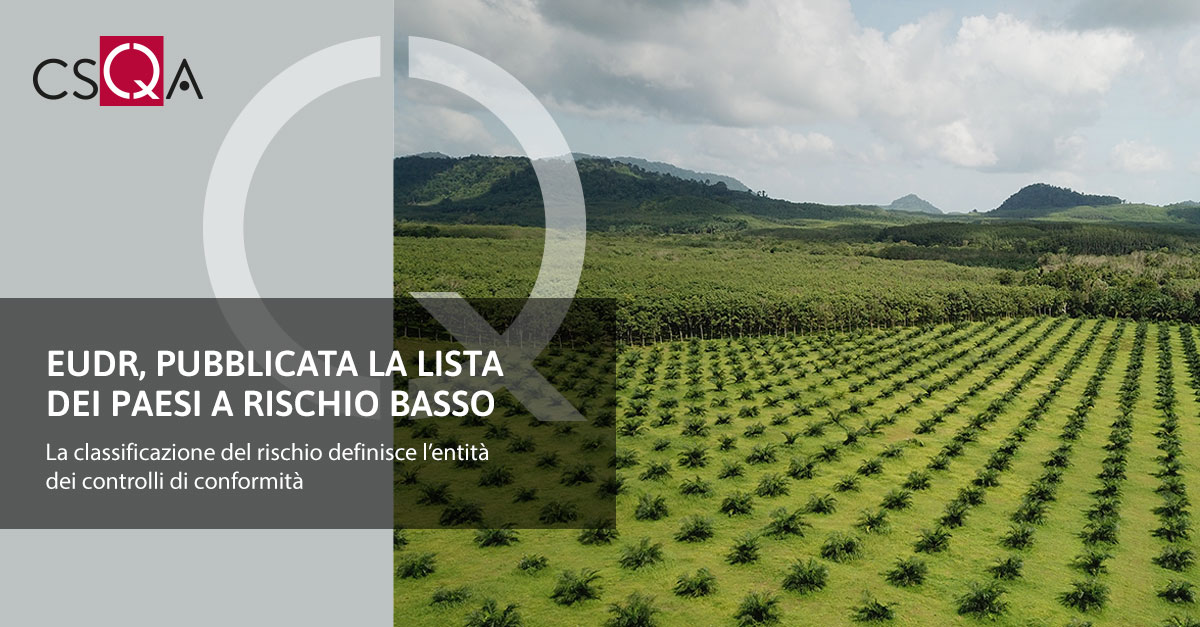 The European Commission has published the first benchmarking list , which classifies countries according to their risk of deforestation: low, medium or high.
The European Commission has published the first benchmarking list , which classifies countries according to their risk of deforestation: low, medium or high.This country classification takes into account the production of seven products covered by the EU Deforestation Regulation (EUDR) , namely cattle, cocoa, coffee, oil palm, rubber, soy and wood.
These products were selected based on a thorough impact assessment that identified them as the main cause of deforestation due to agricultural expansion .
The publication of the benchmarking list follows the unanimous positive opinion of all EU Member States.
The risk classification defines the extent of compliance checks that the competent authorities of the Member States must foresee for a country ( 1% for “low risk”, 3% for “standard” and 9% for “high risk” ).
Sourcing from low-risk countries means simplified due diligence obligations for operators and traders. In concrete terms, this means they must gather information, but not assess and mitigate risks.
Countries identified in the high-risk category in this first national benchmarking list are subject to sanctions by the United Nations Security Council or the Council of the EU on imports or exports of the goods and products concerned.
By subtraction, countries not listed are those at standard risk.
National benchmarking will ensure simple, fair and cost-effective implementation of the EUDR, which is already delivering positive developments on the ground to combat deforestation, climate change and biodiversity loss.
The publication of the national benchmarking represents an important milestone in view of the law coming into force on 30 December 2025 for large companies and 30 June 2026 for micro and small businesses. (Source: https://ageei.eu/ )